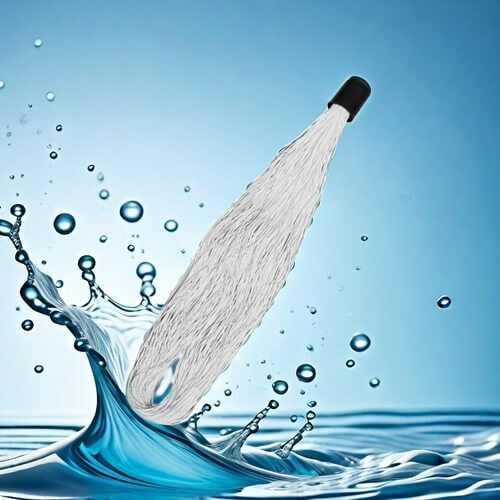Wastewater treatment technology in the chemical industry
There are various sewage treatment technologies in the chemical industry, mainly including physical, chemical, and biological methods. Sterilization technology has its specific application scenarios and advantages, adapting to different types of wastewater. Here are some main sewage treatment technologies and their characteristics:
1. Physical processing method
Gravity method: using gravity to cause suspended particles to settle, suitable for adding new particles and suspended solids.
Air flotation method: By generating tiny bubbles, suspended solids are suspended on the bubbles and floated to the water surface, suitable for oils and suspended solids.
Filtering method: using filtering media with different pore sizes to remove solids from water, commonly used in the remediation stage.
2. Chemical treatment method
Neutralization method: Adjusting the pH value of wastewater by adding acid or alkali to produce acidic or alkaline solutions.
Redox method: using oxidation (such as Manhattan, chlorine) to remove organic and inorganic substances from wastewater, suitable for treating difficult to degrade wastewater.
Flocculation method: Adding coagulants (such as aluminum salts and iron salts) to aggregate colloidal particles into coagulants, thereby improving the settling agent’s ability to degrade, suitable for high turbidity wastewater.

3. Biological treatment method
Activated sludge process: It uses microorganisms to adsorb and oxidize organic matter, suitable for treating domestic sewage and some industrial wastewater.
Membrane bioreactor (MBR): Combining biodegradation and membrane separation technology, it can efficiently remove organic pollutants and nitrogen and phosphorus, and has excellent effluent quality.
Anaerobic digestion: Under anaerobic conditions, anaerobic organic matter is connected in series, suitable for treating high concentration organic wastewater.
4. Membrane separation technology
Reverse osmosis (RO): Using a semi permeable membrane to separate water can effectively remove dissolved salts, organic matter, etc., making it suitable for deep treatment.
Ultrafiltration (UF) and nanofiltration (NF): used to remove suspended solids, bacteria, and large organic molecules, and are remediation steps before RO.
5. Emerging technologies
Photocatalytic oxidation: using photocatalysts to oxidize and degrade under photon absorption, suitable for treating difficult to degrade organic compounds.
Immediate oxidation: reaches the middle of the sewage tank through intermittent reactions, with high removal efficiency.
Summary
Choosing the appropriate sewage treatment technology requires comprehensive consideration based on specific sewage characteristics, treatment goals, and economic benefits. With the increasing demand for environmental protection and the development of technology, the chemical industry is gradually adopting more environmentally friendly treatment solutions to achieve sustainable development.
